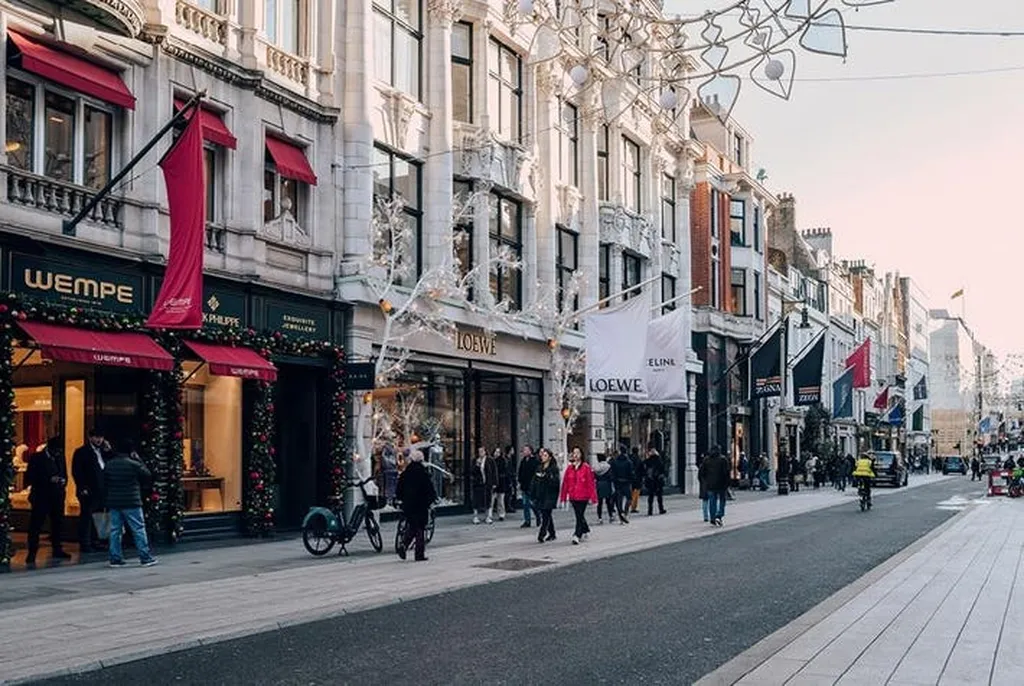In the heart of Spain’s Burgos province, an ambitious project is breathing new life into a historic abbey, demonstrating how heritage preservation and sustainability can go hand in hand. The old Abbey of Salas de Bureba, nestled in the Caderechas Valley, is undergoing a meticulous rehabilitation process, transforming it into a residential space while prioritizing energy efficiency and environmental consciousness. This initiative, led by Paula Montoya-Saiz from the Department of Architectural Projects at the Polytechnic University of Madrid’s Higher Technical School of Architecture, is not just about restoring a building; it’s about redefining the future of construction and energy use.
The project, detailed in a recent article published in ‘Anales de Edificación’ (translated to ‘Annals of Construction’), underscores the importance of rehabilitating existing structures rather than opting for new builds. “Rehabilitation is key to fighting climate change,” Montoya-Saiz asserts. “It offers a lower environmental impact and provides opportunities to revitalize rural areas, preserve heritage, and alleviate urban congestion.”
The rehabilitation process began with a comprehensive study of the abbey’s construction pathologies, identifying the specific issues that needed addressing. The team then applied tailored solutions, focusing on energy efficiency and sustainability. “We conducted a detailed energy study and proposed passive improvements combined with renewable energy installations,” Montoya-Saiz explains. These efforts have already yielded impressive results, with the project achieving a double A energy rating, qualifying it for aid from the PREE 5000 Program.
The commercial implications for the energy sector are significant. As more projects adopt similar approaches, the demand for renewable energy solutions and energy-efficient technologies is set to rise. This shift could drive innovation and create new market opportunities, particularly in rural areas where such projects can have a transformative impact.
Moreover, the success of this project highlights the potential for other historic buildings to be revitalized in an environmentally friendly manner. “This is not just about preserving the past; it’s about building a sustainable future,” Montoya-Saiz notes. By demonstrating that heritage preservation and modern sustainability can coexist, the Abbey of Salas de Bureba project sets a precedent for future developments in the field.
As the construction industry continues to evolve, projects like this one will play a crucial role in shaping the sector’s approach to energy use and environmental impact. The insights gained from this rehabilitation could inspire similar initiatives worldwide, fostering a more sustainable and heritage-conscious construction industry.

